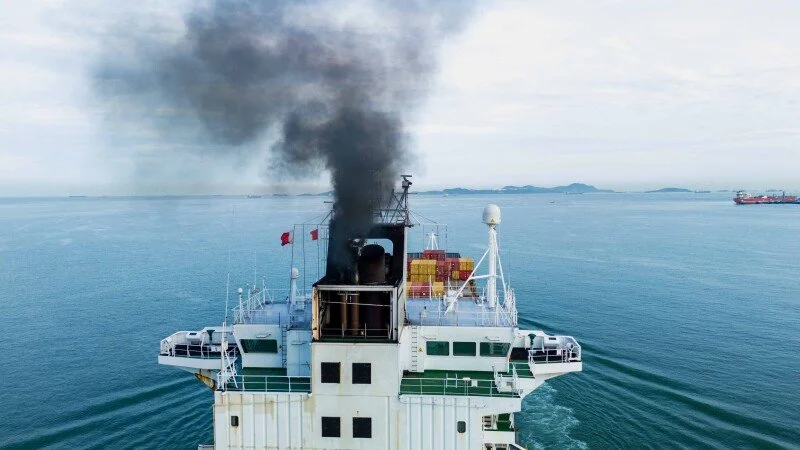Marine carbon dioxide removal: What fishermen need to know
May 22, 2025 — Marine carbon dioxide removal (mCDR) is a set of experimental techniques that aim to accelerate the ocean’s uptake and storage of heat-trapping carbon dioxide pollution from the atmosphere. Someday, these techniques could play a major role in combating climate change. mCDR is not yet a major subject of fishermen’s daily dock talk, fishing association newsletters, or industry trade shows, but it’s time we make it one.
This article is the first in a series about mCDR for commercial fishermen. In this piece, we provide an overview of mCDR methods and share insights into the rise of mCDR as a research and policy priority in the U.S.
What is mCDR?
mCDR is garnering interest because many of the world’s scientists have concluded it is no longer possible to avoid major climate disruption by limiting future greenhouse gas emissions alone. Addressing the remaining “emissions gap” will require efforts to remove and safely store carbon dioxide that has already been emitted by human activities. Given the oceans’ vastness and their already vital role in the carbon cycle (oceans have sequestered 30% of excess anthropogenic carbon dioxide emissions to date), some climate problem-solvers believe that mCDR could be a big part of the solution to climate change.
Read the full article at National Fisherman

